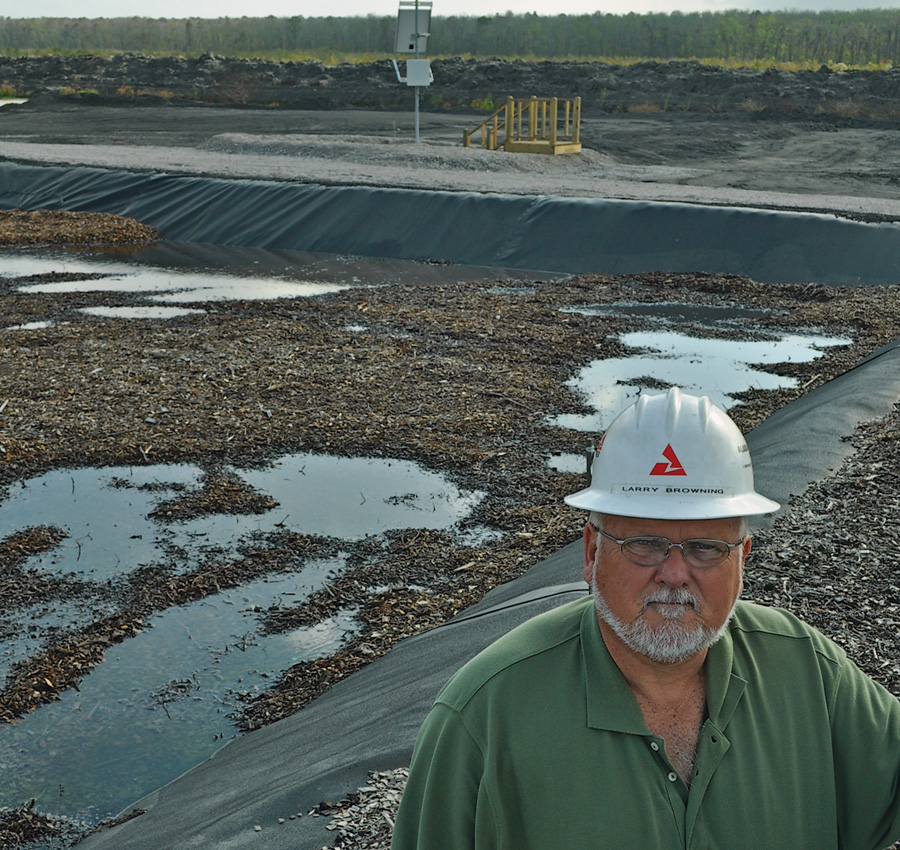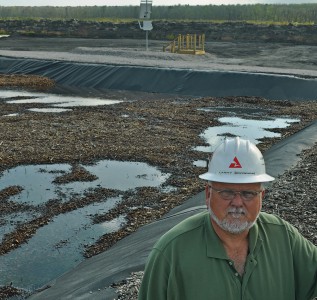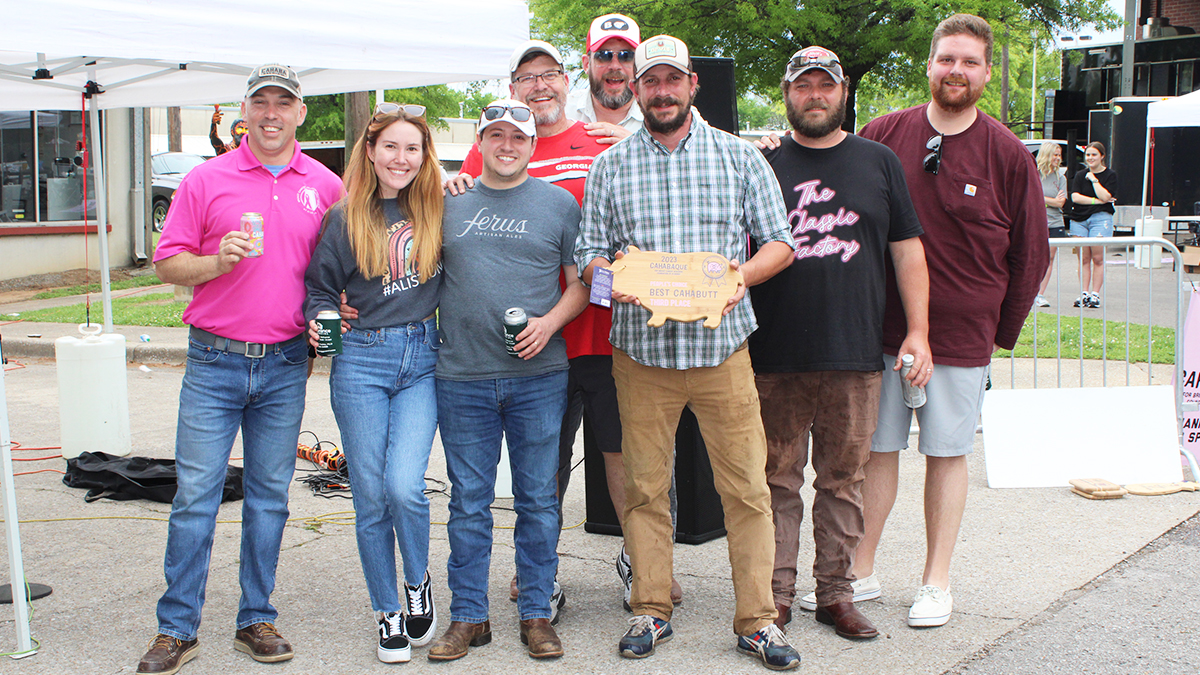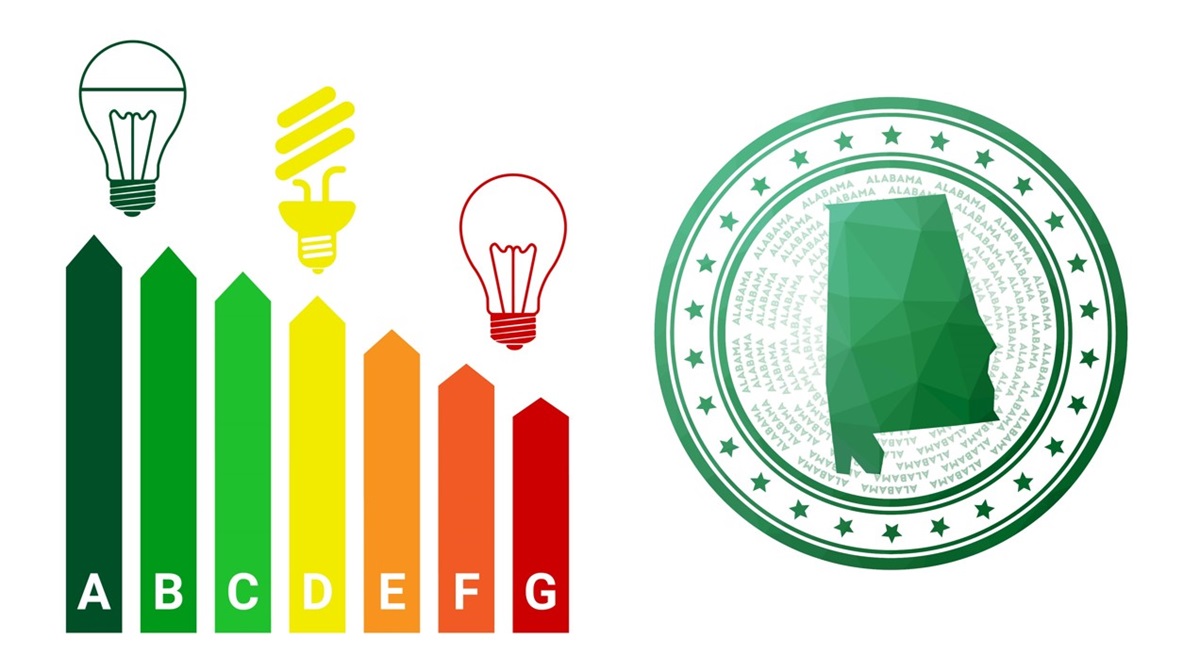Barry research receives 2013 top industry award

Sometimes, going back to the basics is the best way to get ahead.
At least that is Southeastern Electric Exchange‘s (SEE) opinion of Alabama Power’s ongoing research by the Environmental Affairs compliance research group at Plant Barry.
The efforts at Barry earned the 2013 SEE Chairman Award – the organization’s highest annual honor – recognizing the company’s innovation and industry leadership for research in eliminating mercury and selenium from Plant Barry exhaust.
“This is a special award to honor the one project considered the ‘Best of the Best,’” said SEE Assistant Director Scott Smith. “This award is designated by the conference chairman and honors the project deemed most outstanding of all the category winners.”
The water treatment project was selected from the 10 category winners for the 2013 SEE Industry Excellence Award, which will be presented at the Annual Conference and Trade Show in June, said Smith.
“Every day our employees look for cost-effective ways to improve our environmental performance,” said Matt Bowden, Environmental Affairs vice president. “This award is a great highlight of one of their many efforts.”
The Barry treatment system removes mercury and selenium from “scrubber” water using bacteria to break down chemical bonds as water filters through a series of half-acre holding ponds. The system removes metals while limiting costs associated with comparable – and more complicated – systems by decreasing the use of chemicals, eliminating the need for mechanical equipment and reducing staff needs for operations and maintenance.
“This is an offshoot technology we developed at Plant Gorgas, a constructed wetland that breaks metal compounds into basic elements and removes them from water as it moves through the system,” said Bill Garrett, Environmental Affairs supervisor.
Garrett said the Environmental Affairs compliance studies team looks to develop technology that proactively reduces concentrations of chemicals and compounds regulated by the Environmental Protection Agency.
“There are a lot of people involved in developing these technologies,” Garrett said. “On this project, we had people from the lab, plant operational support, engineering analysis and construction all working to make sure this project fit into existing plant operations. That is really what makes a project like this feasible and a big part of the recognition from SEE.”
SEE is a nonprofit trade association founded in 1933 of more than 60 investor-owned electric utility companies. Smith said the SEE mission is to promote common interests of members; develop and enhance human, operational and technical resources; and coordinate storm restoration services.





